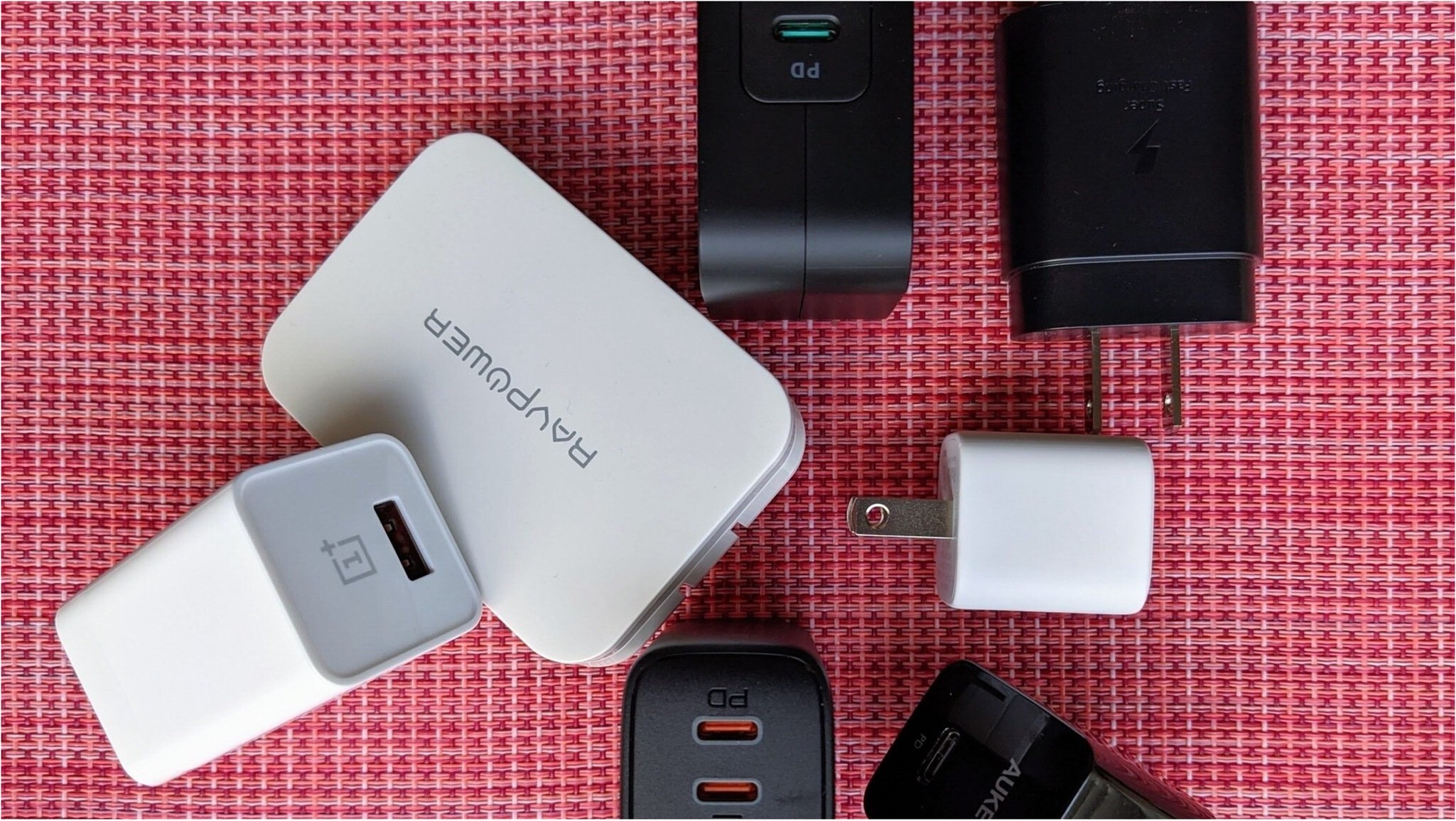
Understanding Charging Speeds
Before exploring the best chargers, understanding different charging speeds is essential. Charging speeds are measured in watts (W), with faster chargers delivering higher wattage. Here are some common charging speeds:
- Standard Charging: Most Android devices support standard charging, usually around 5-10W.
- Fast Charging: A significant improvement over standard charging, typically ranging from 15-30W. Ideal for quickly topping up your battery.
- Super Fast Charging: The latest generation of fast chargers can deliver up to 45W or higher, reducing the time needed to fully charge your device.
Key Factors to Consider
When selecting an Android charger, several key factors should be considered:
Compatibility
- Device Compatibility: Ensure the charger works with your Android device. Some devices may require specific charging protocols like USB Power Delivery (PD) or proprietary technologies like OPPO's SuperVOOC.
- Port Compatibility: If charging multiple devices simultaneously, look for a charger with multiple USB ports. Each port should support the required charging standards.
Charging Standards
- USB Power Delivery (PD): A universal standard that allows chargers to deliver higher wattage over USB-C ports. Most modern Android devices support USB PD.
- Proprietary Protocols: Some manufacturers use proprietary charging technologies that only work with their first-party chargers. For example, OPPO's SuperVOOC requires an OPPO-branded charger.
Wattage
- Power Requirements: Check the maximum charging speed of your device. For instance, the Samsung Galaxy S23 requires a 45W charger for optimal fast charging.
- Total Wattage: If using a multi-port charger, ensure the total wattage is sufficient to charge all devices simultaneously.
Quality and Brand
- Brand Reputation: Choose a reputable brand known for producing high-quality chargers. Brands like Anker, Samsung, and Belkin are well-regarded in the market.
- Certifications: Look for certifications like MFi Apple Certified or GaN (Gallium Nitride) technology, which indicate better power efficiency and safety.
Additional Features
- Safety Features: Some chargers come with additional safety features like short circuit protection, overcharge protection, and thermal regulation.
- Design and Portability: Compact designs and retractable plugs can make the charger more portable and convenient to use.
Recommended Chargers
Based on the factors discussed above, here are some of the best Android chargers available in the market:
1. Anker 45W USB-C Super Fast Charger
The Anker 45W USB-C Super Fast Charger supports Super Fast Charging 2.0 and is compatible with Samsung Galaxy S24 Ultra, S24+, S24, S23, S22, S21, Note 20, and other devices that support USB PD. This charger is certified to charge both Android and Apple devices, making it versatile for users with multiple devices.
2. Samsung 45W Super Fast Charging Adapter
Samsung's 45W Super Fast Charging adapter uses USB Power Delivery PPS, allowing it to charge non-Galaxy devices at the charger's full speed. This adapter is perfect for Samsung users but also works well with other devices that support USB PD.
3. Anker 735 Nano II 65W Charger
The Anker 735 Nano II 65W charger is ideal for users who need to charge multiple devices simultaneously. It can output 65W, enough to charge some laptops as well. This charger features GaN technology, making it compact and efficient. It supports multiple USB ports and is compatible with a wide range of devices.
4. Google 30W USB-C Adapter
For those looking for a no-frills charger that doesn't break the bank, the Google 30W USB-C adapter is a good choice. It supports USB PD PPS and can fast charge most Pixel and mid-range Android devices quickly. However, it might not be the best option for high-end Samsung smartphones that support 45W fast charging.
Additional Tips
- Check Compatibility: Always check the compatibility of the charger with your device. Some chargers may not work with certain devices, especially those using proprietary charging protocols.
- Warranty and Support: Look for chargers from reputable brands that offer good warranty and customer support. This ensures that you have a reliable product and can get assistance if needed.
- Cable Quality: While the charger itself is crucial, the quality of the cable is also important. Choose cables that are nylon braided and have good reviews on platforms like Amazon.
- Travel-Friendly Chargers: If you travel frequently, consider chargers with compact designs and retractable plugs. These make it easier to carry around without taking up too much space in your luggage.
Choosing the right Android charger can significantly enhance your charging experience. By considering factors such as compatibility, charging standards, wattage, and quality, you can select a charger that meets your needs. Whether you're looking for a fast charger to quickly top up your battery or a multi-port charger to charge multiple devices simultaneously, there are plenty of options available in the market.
